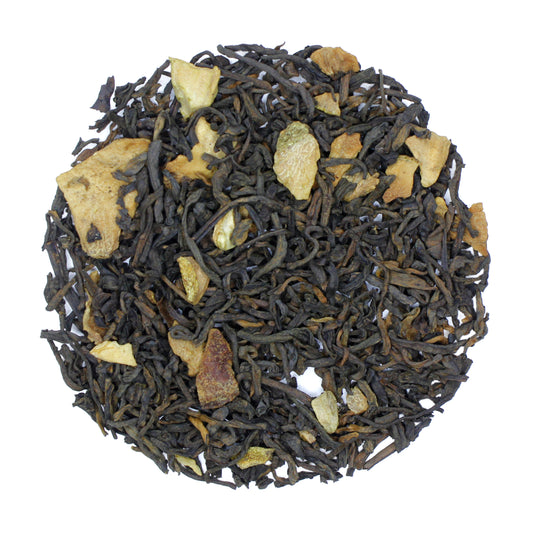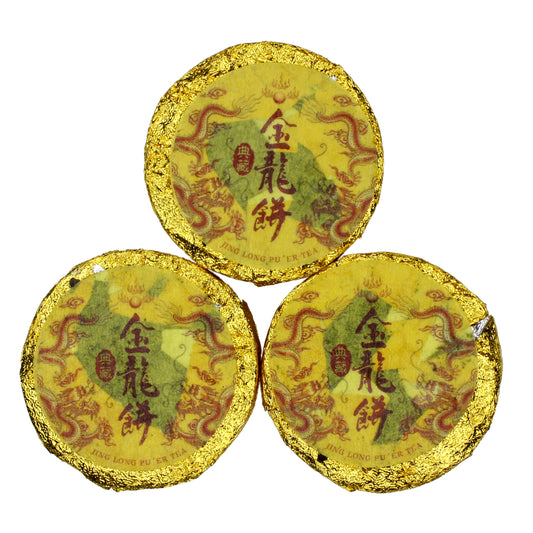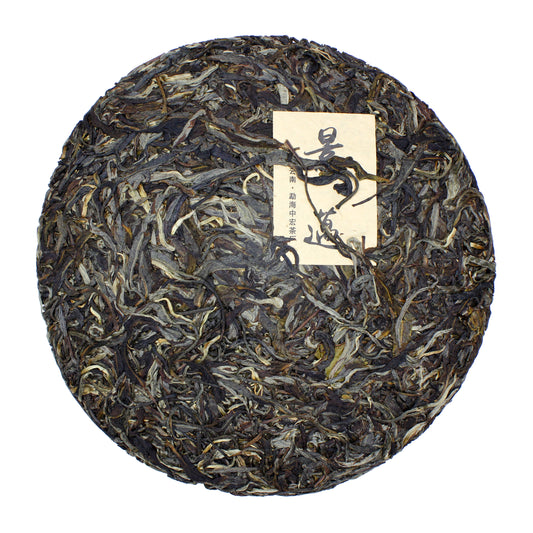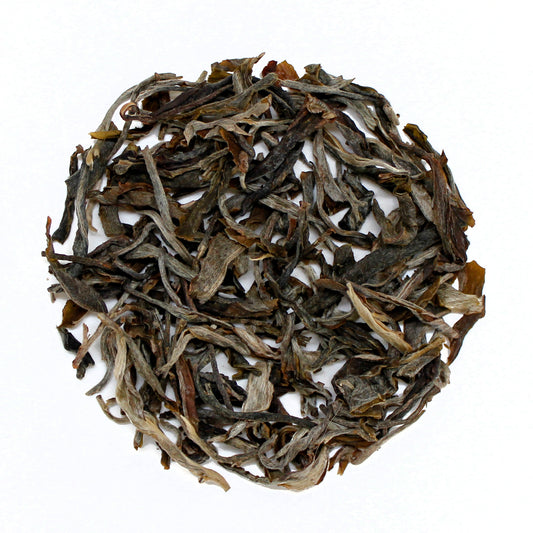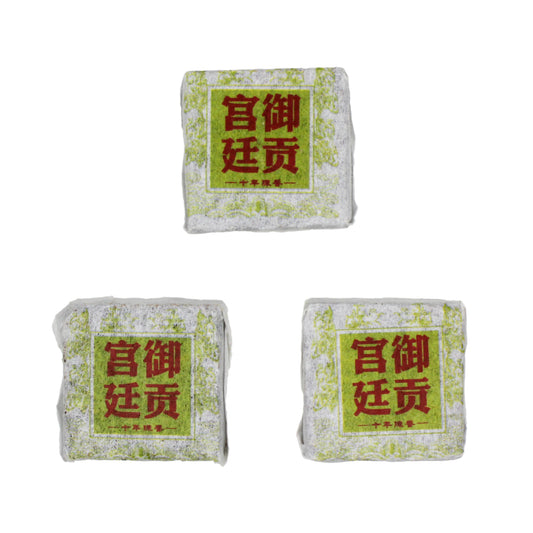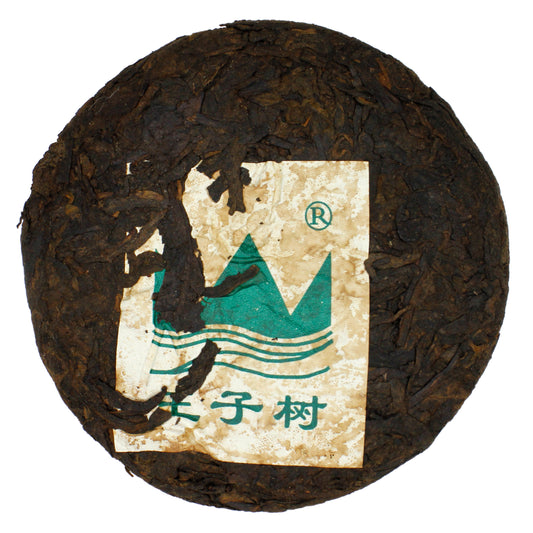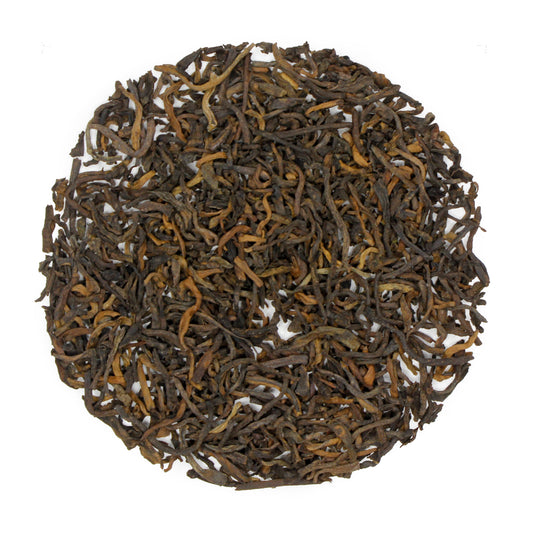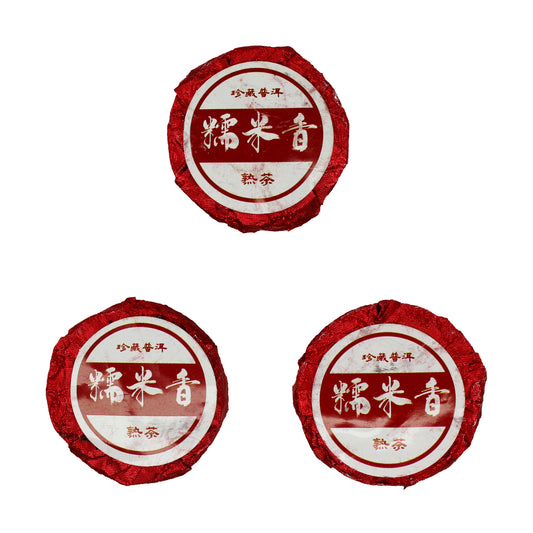PU-ERH
Collapsible content
About Pu-Erh
Pu-Erh Tea (pu er cha):
Pu-erh is aged tea that is withered, rolled, and allowed to re-ferment in warm, humid conditions before being dried or pressed into cakes, dumplings, or any other amazingly adorable shapes. Some Pu-erh teas can be drunk right after processing (shu) while others are meant to age after production (sheng) like fine wine, and some even are aged for decades and can become a valuable commodity, and often a symbol of status.
This processing style and the secondary fermentation originate in China in the 7th century or so. Trade routes were long and wet and horses were sparse. The tea would moisten in the rain and begin to ferment on their six to eight-month travels, which mellowed the vegetal green teas into something more fruity, earthy, and smooth.
Pu-erh has been a staple in Chinese medicine for two thousand years and is reputed to have phenomenal health benefits, for instance, drinking pu-erh has been shown to reduce toxins in the blood and lower cholesterol by stimulating the activity of the spleen and stomach and increasing blood circulation. It also helps aid in digestion after a large meal, and get you off your buns with a little caffeine jolt.
Read a recent interview with our own Suanne Scalise on the subject of pu-erhs, in Improper Bostonian’s article about Rarefied Tastes.
‘Once you open a fine wine, you’ve got to drink it, whereas with this, we can keep having a cup once a year and see how it develops,” says Scalise, who recommends storing bingcha in a cool, dry place away from the cooking smells of the kitchen.’
-
Bergamot Pu-Erh
Regular price From $4.00Regular priceUnit price per -
Golden Dragon: Shu Pu-Erh Tuocha
Regular price From $4.35Regular priceUnit price per -
Jing Mai: Sheng Pu-Erh Bingcha 2020
Regular price $73.00Regular priceUnit price per -
Pu-Erh Mao Cha
Regular price From $4.00Regular priceUnit price per -
Royal Shu: Pu-Erh Tuocha
Regular price From $3.60Regular priceUnit price per -
Sheng Pu-Erh Bingcha 2016
Regular price $37.00Regular priceUnit price per -
Shu Pu-Erh Bingcha 2012
Regular price $38.00Regular priceUnit price per -
Shu Pu-Erh Looseleaf
Regular price From $4.00Regular priceUnit price per -
Sticky Rice Tuocha
Regular price From $3.00Regular priceUnit price per

